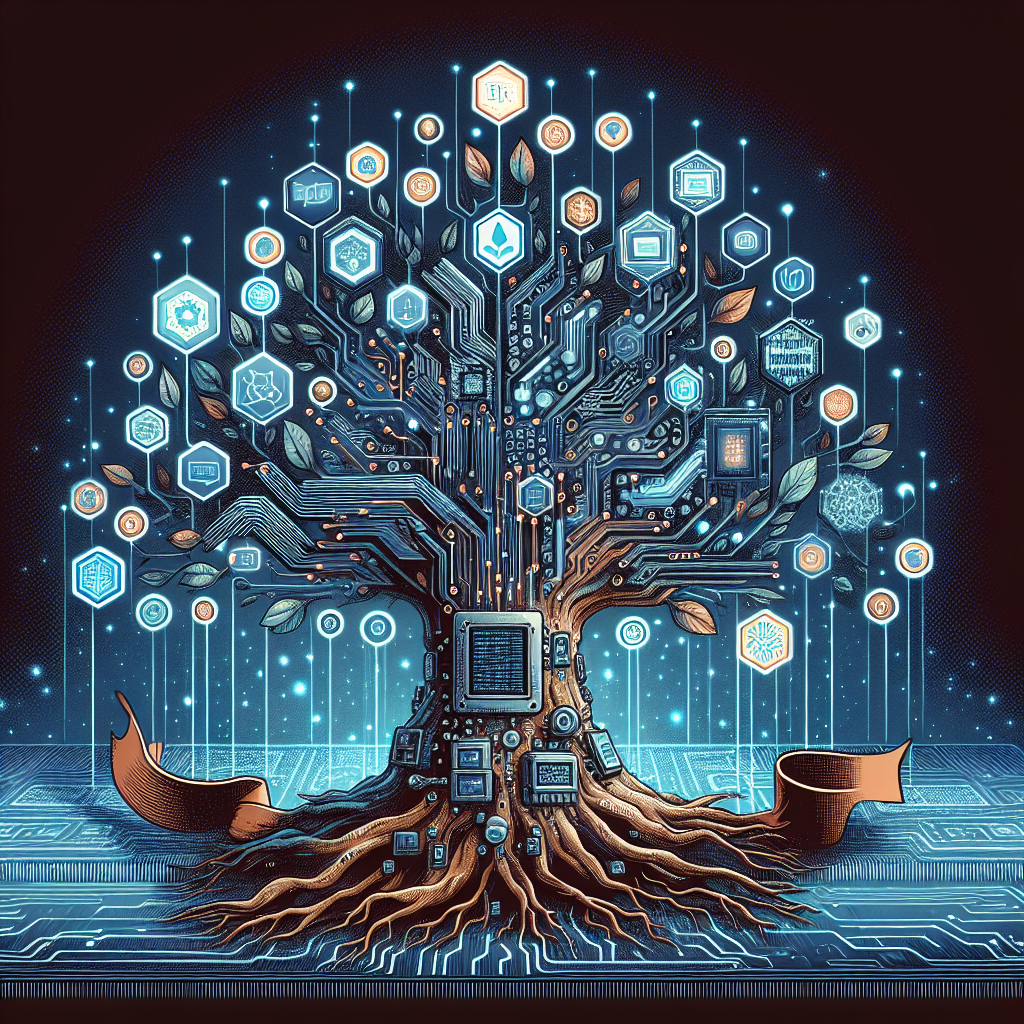TensorFlow is one of the most popular and widely-used open-source machine learning frameworks developed and maintained by Google. Since its initial release in 2015, TensorFlow has continued to evolve and improve, revolutionizing the way developers build and deploy machine learning models. In this article, we will take a closer look at the evolution of TensorFlow, from its humble beginnings to its current state, and what the future holds for this powerful tool.
The Past: Origins of TensorFlow
TensorFlow was first introduced by Google Brain, a team of researchers and engineers dedicated to advancing the field of artificial intelligence. The initial release of TensorFlow in 2015 marked a significant milestone in the machine learning community, providing developers with a flexible and scalable framework for building and training neural networks.
One of the key features that set TensorFlow apart from other machine learning frameworks at the time was its distributed computing capabilities, allowing developers to leverage multiple GPUs and CPUs to train models faster and more efficiently. This made TensorFlow ideal for training large-scale models on massive datasets, a task that was previously challenging with existing tools.
The Present: TensorFlow 2.0 and Beyond
Since its inception, TensorFlow has undergone several major updates and iterations, with TensorFlow 2.0 being the most significant release to date. TensorFlow 2.0 introduced a number of improvements and new features aimed at making the framework more user-friendly and accessible to developers of all skill levels.
One of the key enhancements in TensorFlow 2.0 was the introduction of eager execution, a feature that allows developers to write and execute code imperatively, making it easier to debug and iterate on models. Additionally, TensorFlow 2.0 also included a streamlined API, making it simpler to build and train models without sacrificing performance.
Looking ahead, the future of TensorFlow looks promising, with continued advancements in areas such as reinforcement learning, natural language processing, and model deployment. Google continues to invest heavily in TensorFlow, ensuring that it remains at the forefront of machine learning innovation.
The Future: What to Expect from TensorFlow
As machine learning and artificial intelligence continue to evolve at a rapid pace, TensorFlow is poised to play a crucial role in shaping the future of these technologies. With ongoing research and development efforts, we can expect to see even more powerful and efficient tools for building and deploying machine learning models in the coming years.
Some of the key trends to watch for in the future of TensorFlow include advances in model interpretability, automated machine learning, and the integration of TensorFlow with other popular frameworks and tools. These advancements will help to democratize machine learning and make it more accessible to a broader audience of developers and organizations.
Conclusion
TensorFlow has come a long way since its initial release in 2015, growing from a niche tool used by researchers to a mainstream framework adopted by developers and organizations around the world. With its powerful capabilities and continued innovation, TensorFlow is well-positioned to continue leading the way in the field of machine learning and artificial intelligence for years to come.
FAQs
What is TensorFlow?
TensorFlow is an open-source machine learning framework developed by Google for building and training neural networks.
What are some key features of TensorFlow 2.0?
Some key features of TensorFlow 2.0 include eager execution, a streamlined API, and improved model training capabilities.
What can we expect from the future of TensorFlow?
In the future, we can expect to see advancements in areas such as reinforcement learning, natural language processing, and model deployment in TensorFlow.
Quotes
“TensorFlow continues to push the boundaries of what is possible in machine learning and artificial intelligence.” – Sundar Pichai, CEO of Google
#Evolution #TensorFlow #Present #Future


